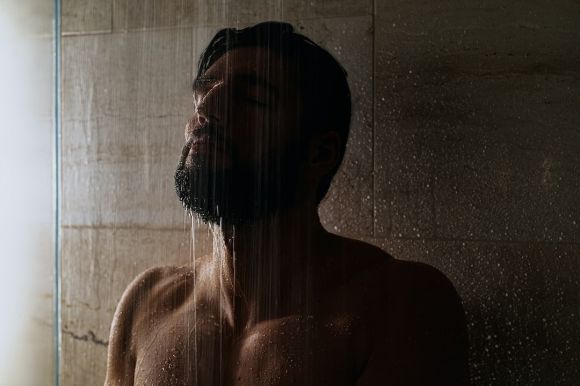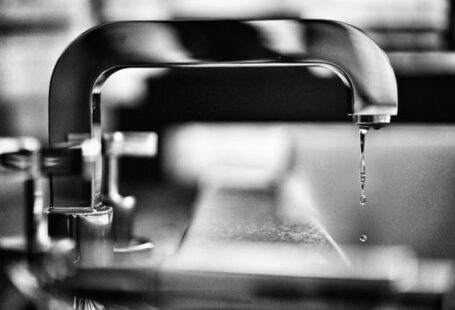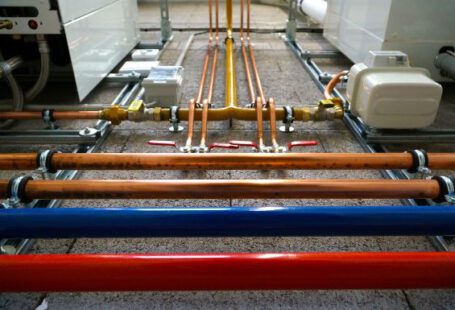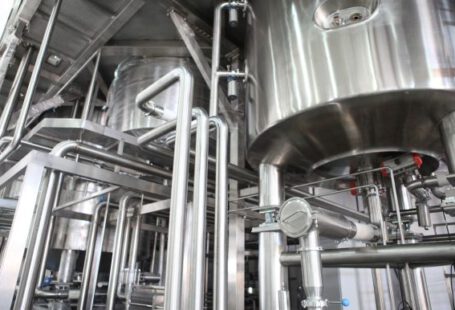Have you ever experienced the frustration of stepping into the shower only to be greeted with a weak trickle of water? Low water pressure in the shower can be a common issue that many homeowners face. Not only does it make showering unpleasant, but it can also affect other tasks that require water, such as washing dishes or doing laundry. However, there are several steps you can take to address this problem and restore a satisfying water flow.
Identifying the Cause
Before you can effectively deal with low water pressure in the shower, it is important to identify the root cause. There are several possible reasons for low water pressure, including a clogged showerhead, a faulty pressure regulator, or even a problem with your home’s plumbing system. By pinpointing the cause, you can take the appropriate steps to fix the issue.
Cleaning or Replacing the Showerhead
One of the most common causes of low water pressure in the shower is a clogged showerhead. Over time, mineral deposits, sediment, and other debris can build up in the small openings of the showerhead, restricting the water flow. To address this, you can try removing the showerhead and soaking it in a mixture of vinegar and water to dissolve the deposits. If this doesn’t solve the problem, it may be necessary to replace the showerhead entirely.
Checking the Pressure Regulator
Another potential cause of low water pressure is a faulty pressure regulator. The pressure regulator is a device that controls the water pressure coming into your home. If it becomes damaged or worn out, it can lead to a decrease in water pressure throughout your house, including the shower. To check if your pressure regulator is the culprit, you can consult a professional plumber who can assess and repair or replace the device if needed.
Inspecting the Plumbing System
In some cases, low water pressure in the shower may be an indication of a larger problem with your home’s plumbing system. Issues such as leaks, blockages, or pipe corrosion can all contribute to reduced water flow. If you suspect that the plumbing system is to blame, it is best to contact a licensed plumber who can perform a thorough inspection and make any necessary repairs.
Installing a Water Booster Pump
If all else fails and you are still struggling with low water pressure in the shower, you may want to consider installing a water booster pump. A water booster pump is a device that increases the water pressure in your home, providing a stronger flow in the shower and other fixtures. While this solution may require a professional installation, it can be an effective way to address persistent low water pressure issues.
Conclusion: Enjoy Your Showers Again!
Dealing with low water pressure in the shower can be frustrating, but it doesn’t have to be a permanent problem. By identifying the cause of the low water pressure and taking the appropriate steps, such as cleaning or replacing the showerhead, checking the pressure regulator, inspecting the plumbing system, or installing a water booster pump, you can restore a satisfying water flow and enjoy your showers once again. Remember, if you are unsure about how to proceed or if the issue persists, it is always best to consult a professional plumber who can provide expert guidance and assistance.



